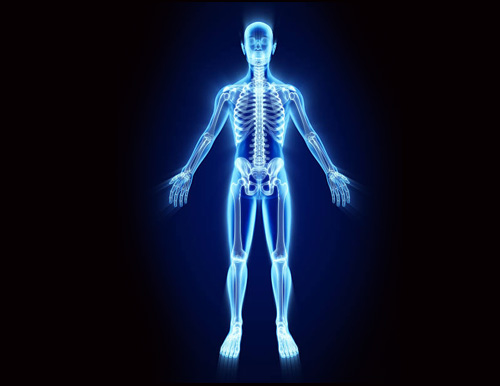
Whole Digital Body X-rays
X-rays can be used to image every part of the body and are used most commonly to look for fractures. They are also commonly used to examine the chest, abdomen, and superficial soft tissues. X-rays can identify many different conditions, and they are often a fast and easy method for your doctor to make a diagnosis.
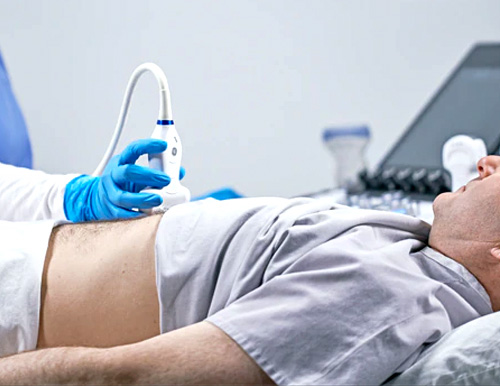
Whole Body Sonography
Ultrasound imaging uses sound waves to produce pictures of the inside of the body. It is used to help diagnose the causes of pain, swelling and infection in the body's internal organs and to examine a baby in pregnant women and the brain and hips in infants.
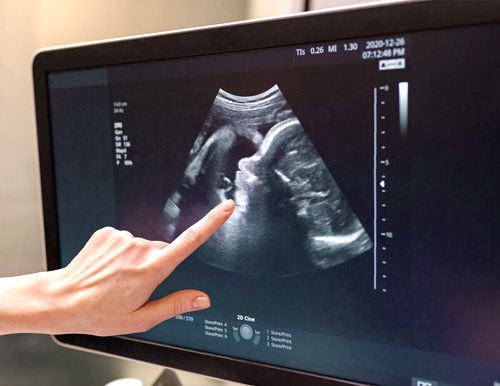
3D Sonography
Currently, one of the best tools to peer into the body is ultrasound, and more recently, advanced 3D ultrasound. The high-resolution 3D images produced by these types of scans are truly remarkable.
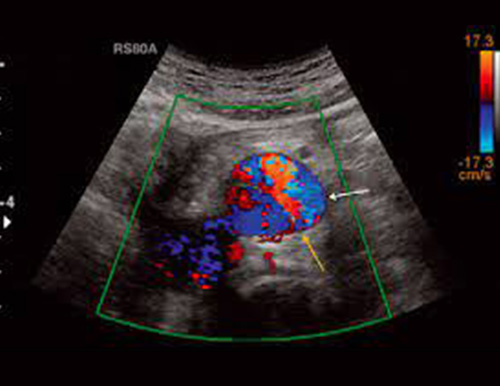
Color Doppler
This type of Doppler uses a computer to change sound waves into different colors. These colors show the speed and direction of blood flow in real time. Power Doppler, a newer type of color Doppler. It can provide more detail of blood flow than standard color Doppler.
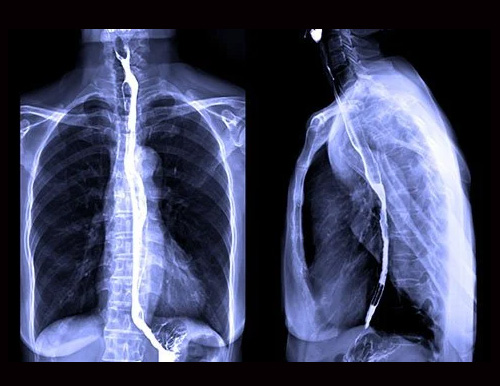
Barium Procedures
The radiologist will ask you to take a swallow of a thick, chalky barium drink. The barium is usually flavored, but it may not taste very good. As you swallow the barium, the radiologist will take single pictures, a series of X-rays, or fluoroscopy to watch the barium moving through your mouth and throat.
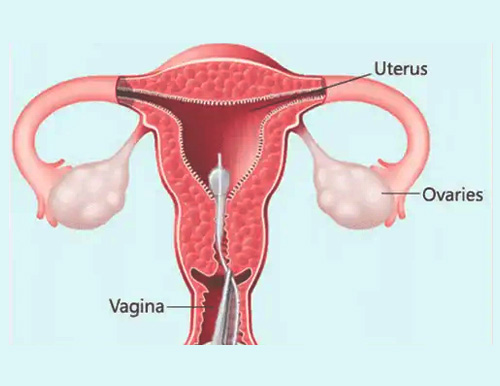
HSG
Hysterosalpingography, also known as uterosalpingography, is a radiologic procedure to investigate the shape of the uterine cavity and the shape and patency of the Fallopian tubes. It is a special x-ray using dye to look at the womb and Fallopian tubes.
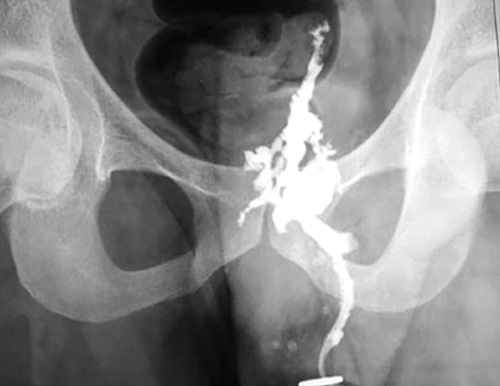
Fistulogram
A fistulogram is a special x-ray procedure. It uses contrast (x-ray dye) to look at the blood flow in your fistula or graft (dialysis access). This procedure can check to see if it is blocked or if there is any narrowing (stenosis).
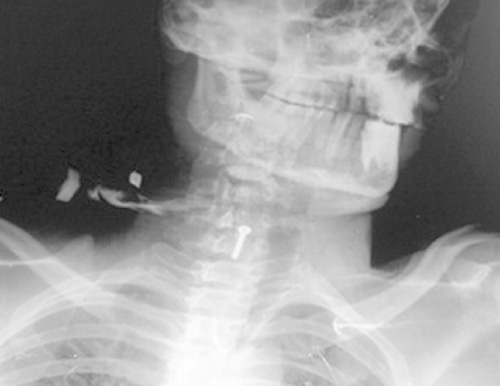
Sinogram
A sinogram is a test to look at a sinus. A sinus is like a fistula. But instead of connecting two organs, it's like a tube that's closed on one end. Both of these tests use X-rays with a special dye that is injected into the area of the fistula or sinus. The dye allows the fistula or sinus to show up on the X-ray.
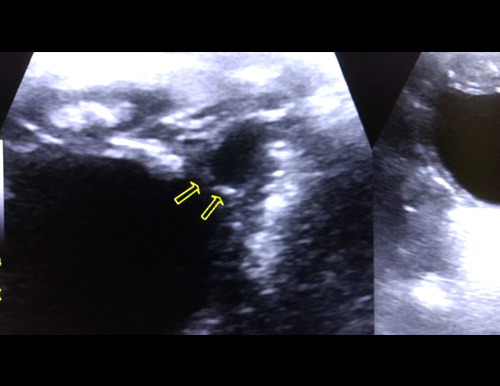
Micturating Cystourethrography
A micturating cystourethrogram (MCUG) is a scan that shows how well your child's bladder works. It is used to diagnose why your child may have urinary tract infections. It is also used to show up any abnormalities with your child's urinary system.

IVP - Intra Venous Pyelogram
An IVP can show your healthcare provider the size, shape, and structure of your kidneys, ureters, and bladder. You may need this test if your provider suspects that you have: Kidney disease. Ureter or bladder stones.


